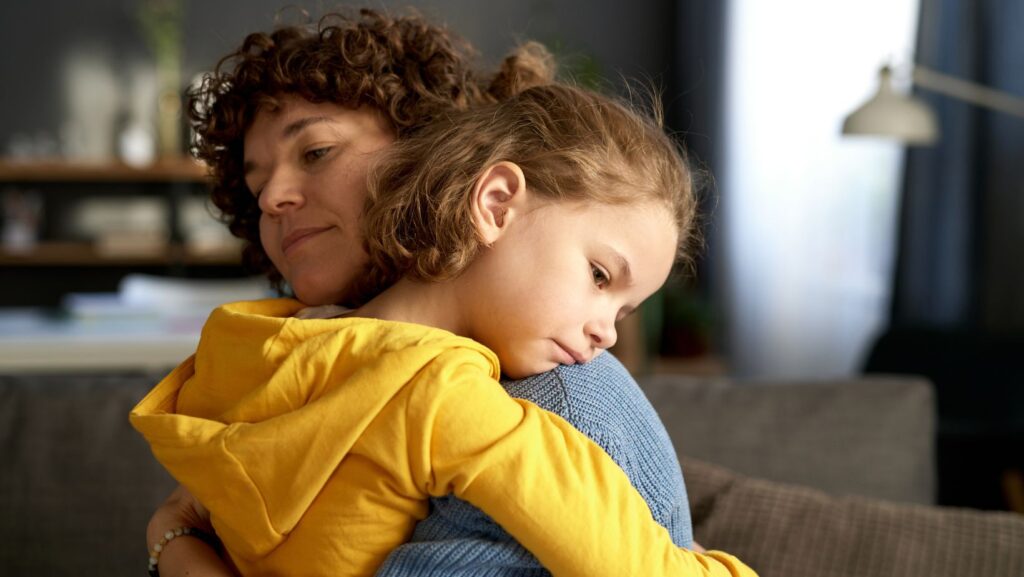Introduction
Imagine if there was a simple tool that could help your child manage their emotions better, resulting in a calmer and more focused household. Sounds too good to be true, right? Sensory chairs are becoming increasingly popular because of their ability to aid in emotional regulation among children. In this article, we’ll explore how these innovative tools work, their benefits, and practical tips for incorporating them into your child’s daily routine.
1. Understanding Emotional Regulation in Children
Emotional regulation is the ability to manage and respond to emotional experiences in a healthy and balanced manner. For children, this means being able to handle feelings like frustration, excitement, and sadness without becoming overwhelmed. It’s a crucial part of child development because it impacts how they interact with others, how they perform in school, and even how they handle stress.
Many children face challenges with emotional regulation due to various factors. Some common issues include:
– Sensory Processing Disorders: Children with these disorders may find everyday sensory inputs overwhelming.

– ADHD and Autism: Both conditions can make it difficult for children to regulate their emotions.
– Environmental Factors: Stressful home environments, lack of routine, and even diet can impact emotional regulation.
2. What Are Sensory Chairs?
Sensory chairs are specially designed seating options that provide sensory input to help children manage their emotions and stay focused. There are several types, including wobble chairs, bean bag chairs, and weighted chairs, each offering different kinds of sensory feedback.
These chairs work by providing vestibular (balance) and proprioceptive (body awareness) input, which can have a calming effect on the nervous system. This sensory input helps ground children, making it easier for them to concentrate and manage their emotions.
3. Benefits of Sensory Chairs for Emotional Regulation
(1)Calming Effect
One of the most significant benefits of sensory chairs is their calming effect. When a child sits in a sensory chair, gentle movements or pressure can help reduce anxiety and stress. This is particularly beneficial for children who are easily overwhelmed by sensory stimuli.
(2)Improved Focus and Attention
Sensory chairs can also enhance a child’s ability to concentrate. The sensory input helps to keep them engaged, making activities like homework or reading less of a struggle.
(3)Enhanced Social Interactions
Improved emotional regulation can also enhance social skills. When children are calmer and more focused, they are better equipped to interact positively with their peers and adults.
4. Choosing the Right Sensory Chair for Your Child
When choosing a sensory chair, consider the following factors:
– Age and Size: Make sure the chair is suitable for your child’s age and physical dimensions.
– Specific Needs: Identify the sensory needs your child has (e.g., tactile, vestibular).

– Environment: Think about where the chair will be used—home, classroom, or therapy sessions.
5. Integrating Sensory Chairs into Daily Routine
(1)Practical Tips
– Start Slow: Begin with short periods of use and gradually increase the time.
– Combine with Activities: Use the chair during specific activities like homework, reading, or even during mealtime.
– Observe and Adjust: Pay attention to how your child responds and make adjustments as needed.
(2)Creating a Sensory-Friendly Space
– Dedicated Area: Choose a quiet spot where your child can use the sensory chair without distractions.
– Additional Tools: Consider adding other sensory aids like fidget toys, weighted blankets, or calming lights.
– Routine: Incorporate the sensory corner into your child’s daily routine to make it a consistent part of their life.
Conclusion
Sensory chairs can be a valuable addition to your child’s life, offering numerous benefits for emotional regulation, focus, and social interactions. By selecting the right chair and integrating it into your child’s routine, you can help them manage their emotions more effectively and create a more harmonious household.

